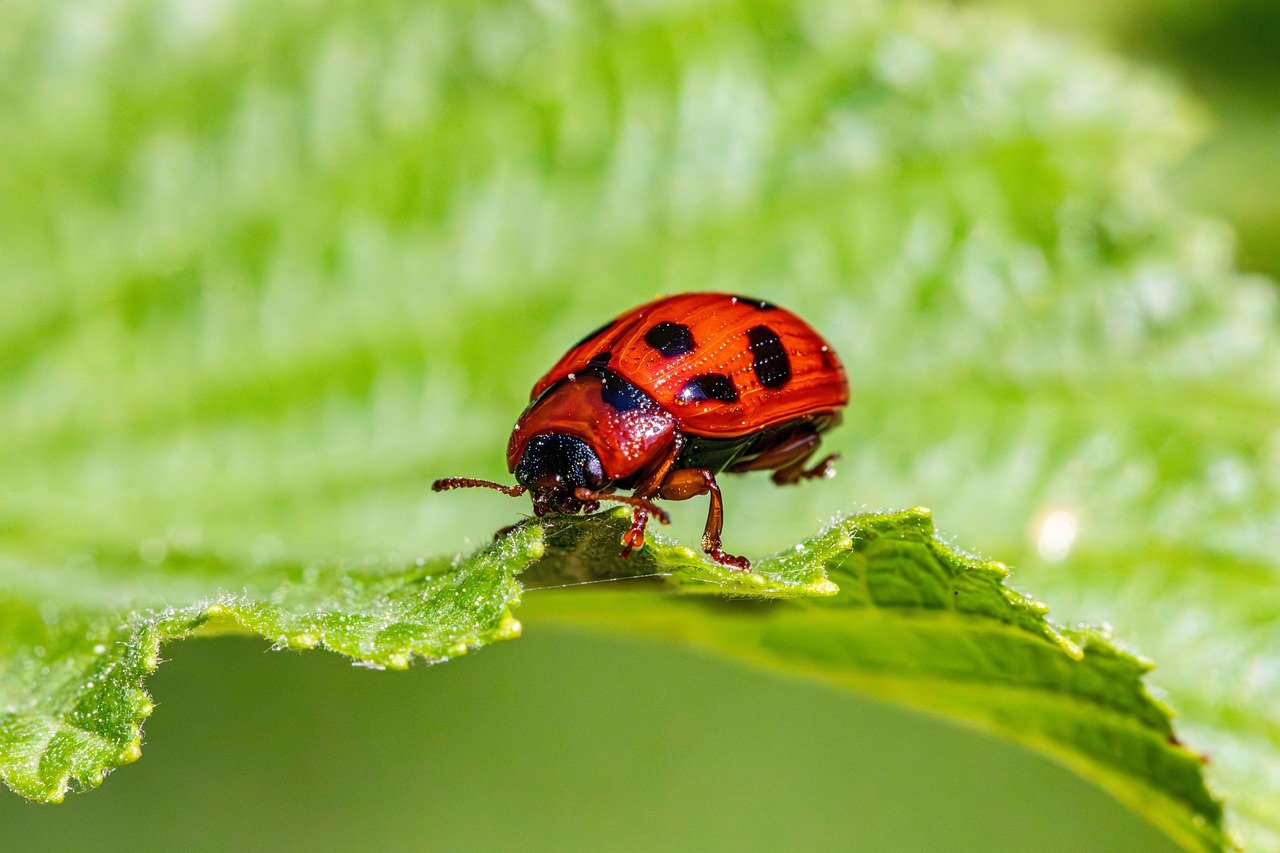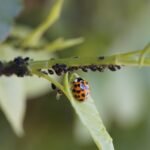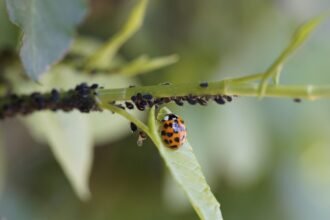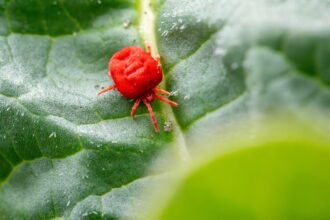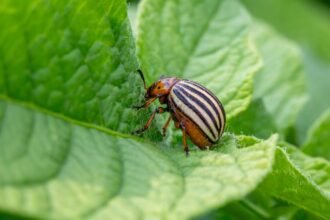Maintaining a healthy, thriving organic garden often means protecting your plants from pests without the use of harmful chemicals. Natural pest control methods focus on using eco-friendly solutions to keep unwanted visitors at bay while promoting a balanced, sustainable environment. Here are the top 10 natural pest control methods that can help safeguard your crops and ensure a healthy, vibrant garden.
1. 🐞 Introduce Beneficial Insects
One of the most effective natural pest control methods is introducing beneficial insects that prey on harmful pests. These insects help keep pest populations in check without harming your plants.
Examples of Beneficial Insects:
- Ladybugs: These little beetles are voracious eaters of aphids, mealybugs, and scale insects.
- Predatory Mites: These tiny creatures target and consume spider mites, thrips, and other small pests.
- Lacewing Larvae: Lacewing larvae feed on aphids, caterpillars, and other soft-bodied pests.
Benefits: Natural pest control, no chemicals, and supports biodiversity in your garden.
2. 🌸 Companion Planting
Companion planting is the practice of planting certain crops together that either repel pests or attract beneficial insects. This natural strategy works by using the scents and properties of specific plants to deter pests and boost plant health.
Examples:
- Marigolds: Repel nematodes, aphids, and whiteflies.
- Basil: Repels mosquitoes and flies, especially near tomatoes.
- Garlic: Acts as a natural insect repellent and can deter aphids, ants, and Japanese beetles.
Benefits: Enhances plant growth, reduces pest infestations, and promotes biodiversity.
3. 🌿 Neem Oil
Neem oil, derived from the seeds of the neem tree, is a powerful natural pesticide that can be used to control a wide range of pests, including aphids, caterpillars, whiteflies, and spider mites. It works by disrupting the feeding and breeding cycles of pests.
How to Use: Mix neem oil with water and apply it to affected plants using a spray bottle. It’s safe for both plants and beneficial insects when used as directed.
Benefits: Non-toxic to humans, animals, and beneficial insects, biodegradable, and effective against a variety of pests.
4. 🦗 Diatomaceous Earth
Diatomaceous earth (DE) is a fine powder made from fossilized remains of aquatic organisms called diatoms. This natural substance works by damaging the exoskeletons of insects, causing them to dehydrate and die. It’s particularly effective for controlling pests like slugs, ants, beetles, and fleas.
How to Use: Sprinkle a thin layer of DE around the base of plants, or lightly dust the leaves of affected plants. Reapply after rain or watering.
Benefits: Safe for humans and pets, effective against a wide range of pests, and non-toxic.
5. 🌱 Garlic and Chili Pepper Spray
A simple homemade spray made from garlic and chili peppers can help deter pests from nibbling on your plants. The strong smell and spiciness of the mixture irritate pests, causing them to stay away.
How to Make: Blend garlic cloves and hot chili peppers with water, strain the mixture, and add a few drops of dish soap. Spray the solution on the leaves of your plants.
Benefits: Eco-friendly, easy to make, and repels a variety of pests like aphids, caterpillars, and beetles.
6. 🍃 Floating Row Covers
Floating row covers are lightweight fabrics that are placed over plants to physically block pests like aphids, caterpillars, and beetles from reaching your crops. These covers allow sunlight, water, and air to reach the plants while keeping pests at bay.
How to Use: Simply drape the row cover over plants and secure the edges with soil or weights. It’s especially effective for preventing pest invasions during early spring and fall.
Benefits: Safe for all plants, protects from frost, and prevents pest damage without chemicals.
7. 🌾 Hand-Picking Pests
In small gardens, one of the simplest and most effective pest control methods is physically removing pests by hand. This method is especially useful for large, visible pests such as caterpillars, snails, and beetles.
How to Use: Regularly inspect your plants, and manually remove pests like slugs, caterpillars, and aphids. Drop them in a bucket of soapy water to dispose of them.
Benefits: Chemical-free, inexpensive, and gives you full control over pest removal.
8. 🧴 Soap Spray
Insecticidal soap, which is typically made from potassium salts and fatty acids, is an effective natural pest control method for soft-bodied insects like aphids, whiteflies, and spider mites. It works by breaking down the insect’s outer membrane, causing them to dry out and die.
How to Use: Mix one tablespoon of mild liquid soap (preferably castile soap) with a quart of water. Spray the solution directly onto affected plants.
Benefits: Safe for most plants, non-toxic to humans and pets, and effective against a variety of pests.
9. 🌿 Chrysanthemum Flower Extract (Pyrethrin)
Pyrethrin, extracted from the flowers of chrysanthemums, is a natural insecticide that works by affecting the nervous system of insects, leading to paralysis and death. It is effective against a wide range of pests, including ants, fleas, and caterpillars.
How to Use: Pyrethrin can be purchased as a pre-made spray or in concentrated form, which can be diluted and applied to plants.
Benefits: Fast-acting, breaks down quickly in the environment, and is safe for humans when used according to instructions.
10. 🌾 Beneficial Nematodes
Beneficial nematodes are microscopic worms that target and kill soil-dwelling pests, including root weevils, grubs, and other larvae. They are effective in controlling pests without harming plants or beneficial organisms.
How to Use: Beneficial nematodes are typically sold as a powder or in liquid form. Mix them with water and apply to the soil around affected plants.
Benefits: Natural and safe for beneficial insects, effective against hard-to-control pests like soil-dwelling larvae, and promotes soil health.
Conclusion
Natural pest control methods are not only effective but also environmentally friendly and sustainable. By using a combination of these strategies—such as introducing beneficial insects, using natural repellents, and practicing companion planting—you can protect your plants from pests without relying on harmful chemicals. These eco-friendly methods will help maintain a healthy, balanced ecosystem in your garden, promoting biodiversity and ensuring a thriving, pesticide-free environment. 🌻 Happy gardening!

